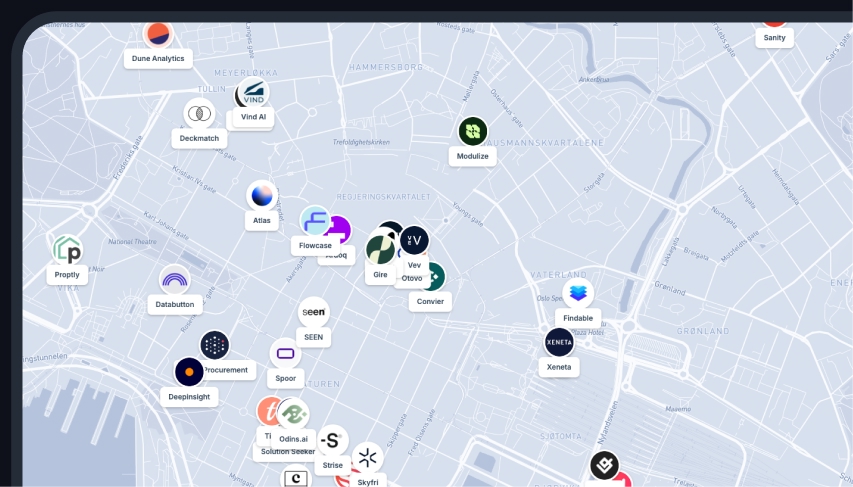3D Model
Definition
A 3D model is a three-dimensional representation of a physical object, structure, terrain, or living organism, created or simulated using computer software. They are generated by manipulating polygonal surfaces, or they might be created from data collected in a geographic information system (GIS). 3D models are widely used in various industries such as video games, movies, architecture, illustration, engineering, geology, and more.
What is a 3D Model?
In the context of Geographic Information Systems (GIS), a 3D Model is a digital representation of the Earth's surface or objects on it. These models may represent man-made features, like buildings and bridges, or natural features, such as terrain or bodies of water. The details and fidelity of the 3D model depend on the data used to create it.
3D GIS models are complex, consisting of several layers of geospatial data to simulate real-world elements accurately. These layers could include digital elevation models, orthophotos, vector data, and more. To create a 3D model, technologists consolidate these multiple data layers into a cohesive, three-dimensional digital illustration.
3D models can quickly provide users with an intuitive picture of large and complex datasets, making them an effective tool for visualizing, understanding, and interpreting geospatial data.
Work faster with spatial data
Easily import data, automate analysis and build spatial apps for the web, all within a single software.
FAQs
What are the basic components of a 3D model?
The basic components of a 3D model include vertices (the specific X, Y, and Z coordinates in space), edges (the line connecting two vertices), and faces (a flat, 2D shape bounded by edges).
What are the uses of 3D models in GIS?
3D models in GIS can be used in urban planning, flood risk assessment, real estate visualization, emergency response training and simulations, landscape visualization, infrastructure design, etc.
How are 3D models created in GIS?
3D models in GIS are created by compiling and layering various forms of geographic data such as terrain data, satellite imagery, and vector data. This data is processed using GIS software to generate a detailed and accurate 3D representation of the geographic area.
What is the difference between 2D and 3D models?
The primary difference between 2D and 3D models is the dimension they represent. 2D models only feature two dimensions: width and height, whereas 3D models incorporate a third dimension: depth. This additional dimension allows 3D models to provide a more accurate and realistic representation of real-world objects or geographic features.
What type of software is used to create 3D Models?
A wide array of software can be used to create 3D models, such as GIS software like Atlas and QGIS, and non-GIS software like Blender, SketchUp, Maya, etc. These programs allow for the creation, manipulation, and visualization of 3D models.
